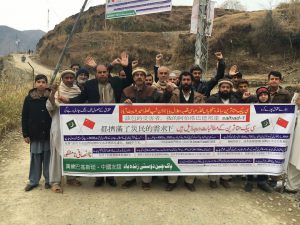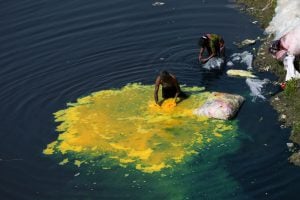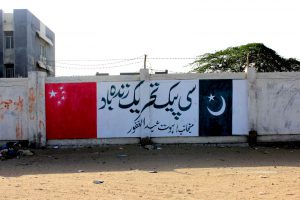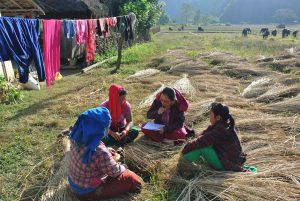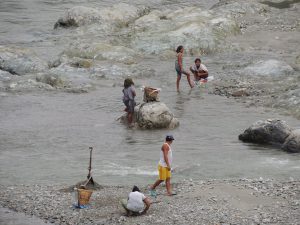Subhash Chakma, a policeman at Noari Police Lines in Chittagong Hill Tracts (CHT) of Bangladesh, is a broken man. His wife Rupali, daughters Juimoni and Jhumjhumi were killed in the landslides triggered by monsoon rains in early June. His dream that 14-year-old Juimoni would become a doctor lies shattered.
At least 156 people, including several soldiers have been killed due to heavy monsoon rains – followed by flash floods and landslides in CHT as well as the adjacent Chittagong city, authorities said on the evening of June 16.
Similar situation in India
At least eight people have been killed by flash floods and landslides in the Indian state of Mizoram, just across the border from the CHT. Five districts in southern and eastern Mizoram – Serchhip, Lunglei, Lawngtlai, Siaha and Champhai – remained cut off from the rest of India after the heavy rains started. The eight deaths occurred in Lunglei district, when the suddenly swollen Khawthlangtuipui river submerged over 350 houses in the Tiabung area of the district. There was serious damage to roads and buildings in state capital Aizawl.
Elsewhere in India, the entire state of Tripura and the Brahmaputra valley in Assam were also badly affected. Many landslides were reported from Arunachal Pradesh, paralysing communications. The administration in the state of Meghalaya was also gearing up for heavy rainfall.
Bangladesh landslide worst in recent years
Bangladesh officials are describing the landslides in CHT – especially in Rangamati and Bandarban areas – as the worst in recent history. Reaz Ahmed, director general of the country’s disaster management department told journalists the landslides were due to a combination of heavy rainfall and environmental degradation caused by unregulated deforestation and escalating population in the region.
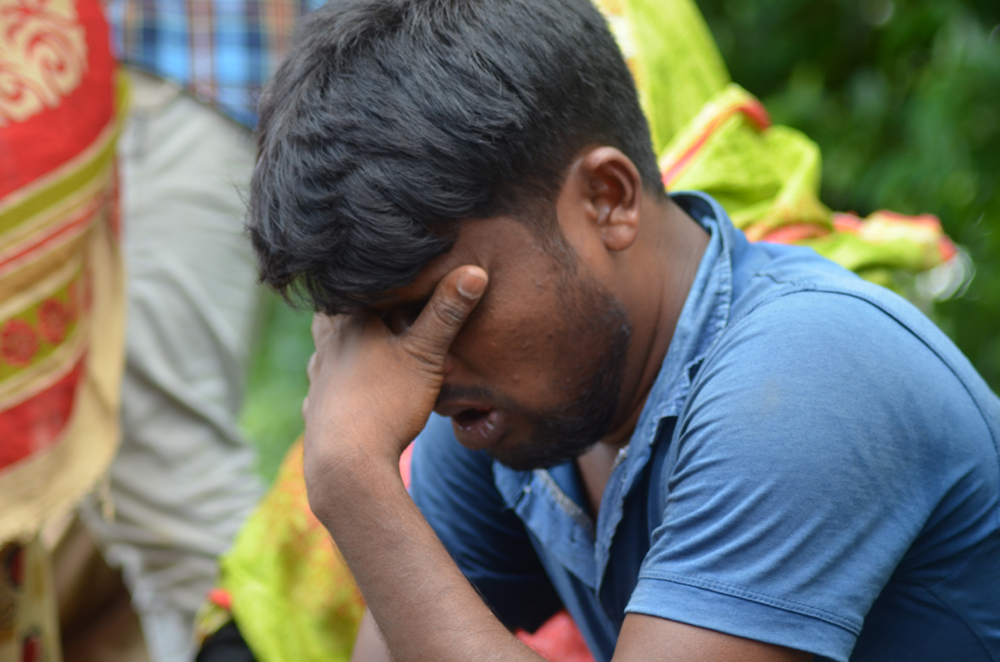
Consisting of Rangamati, Bandarban and Khagrachhari districts, the CHT is the lone hilly region of Bangladesh, with a majority indigenous population. There are people still missing after the landslides. Fearing that they may not find any more survivors, the army has called off its search and rescue operation, but the fire service personnel will continue, according to A.K.M. Shakil Newaz, deputy director of the Fire Service and Civil Defence department and head of the search team.
“There are some missing claims in Rangamati Sadar’s Banarupa and Rupnagar areas. However, no bodies were found in Banarupa,” he said.
At least 110 people have died in Rangamati. There were 23 people killed in Chittagong, six in Bandarban, two in Cox’s Bazar and one in Khagrachhari. In Chittagong, 14 more people died in flash floods, or after being hit by a fallen tree or wall, or a lightning strike.
The dead included four soldiers, part of a team trying to clear a road in Rangamati’s Manikchhari. The unstable hillside slipped again, pushing 15 soldiers around 30 feet down the slope. Four of them were killed instantly, eyewitnesses said,
Abdul Aziz, 55, is in Rangamati Sadar Hospital. He sustained severe injuries – sand entered his ears, nose and mouth. Speaking to journalists from his hospital bed, he said, “I went outside my house in the morning. Suddenly I saw the landslide and rushed to my house. As soon as I entered my place, four of my family members got buried under the falling mud. I was also slowly being buried by the heavy mud, but some people rescued me with bruises on my body. The landslide took away my only daughter, two grandchildren and my wife.”
According to officials, the district administration in Rangamati has opened 13 shelter centres at different schools, colleges and government office buildings. They are housing 1,138 people now. The army has opened three medical camps. The government is distributing 20,000 Taka (USD 247) and 20 kg of rice for each family that has lost kith and kin.
The road between Chittagong, Rangamati and Khagrachhari is still not passable for heavy vehicles. Auto-rickshaws are plying, charging far more than usual and having to pay far more than usual for fuel.
Landslides are regular in Bangladesh’s hilly areas during the heavy monsoon that usually runs from June to September as the land has been heavily deforested to grow crops and build new houses. In June 2007, 123 people were killed in a landslide in Chittagong district.
Deforestation worsening CHT crisis
Maqsud Kamal, professor of geology in Dhaka University, said, “The deforestation loosens up the structural alignment of the topsoil and makes the hill vulnerable to landslide.” All over the CHT, houses are being built by cutting into hillsides and uprooting trees. Road Transport and Bridges Minister Obaidul Quader has now said that the government will launch an eviction drive in the hills where illegal structures have been raised.
Cities waterlogged in India
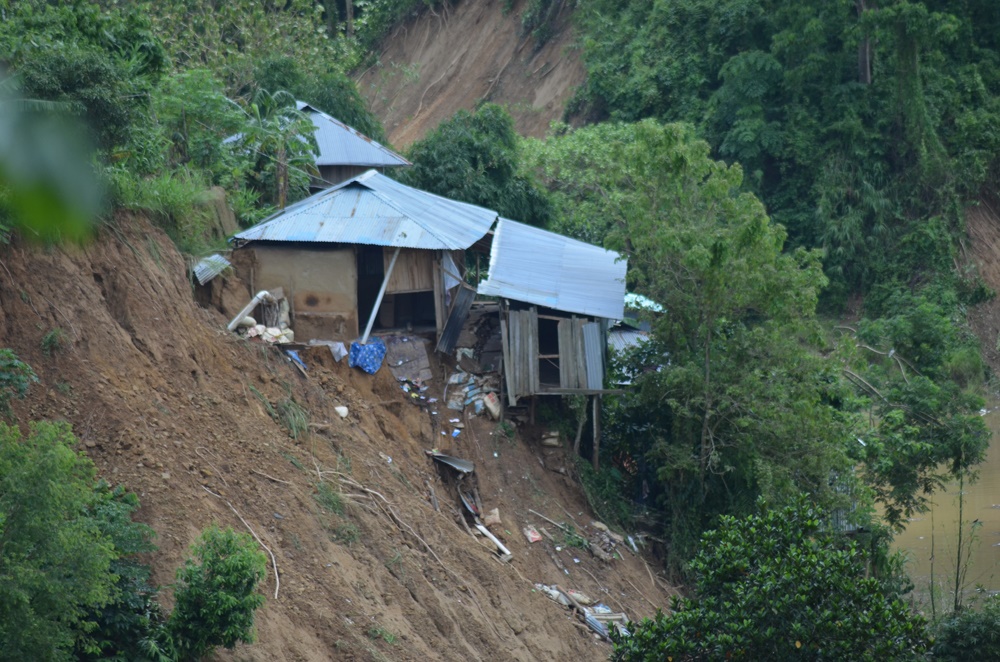
Three other districts in Assam – Lakhimpur, Darrang and Hailakandi – were flooded, forcing around 14,000 people in 39 villages out of their homes, according to the Assam State Disaster Management Authority. Over 400 hectares of farmland with standing crops have been inundated.
In Hailakandi district, the Katakhal river has breached its embankments in two places, while the rising waters of the Dhaleshwari river has submerged an arterial road.
![<p>The army has called off its search and rescue operation, but the fire service personnel are still continuing as many people are still missing [image by: Fazle Elahi]</p>](https://dialogue.earth/content/uploads/2017/06/Rangamati-Pic-04.jpg)

